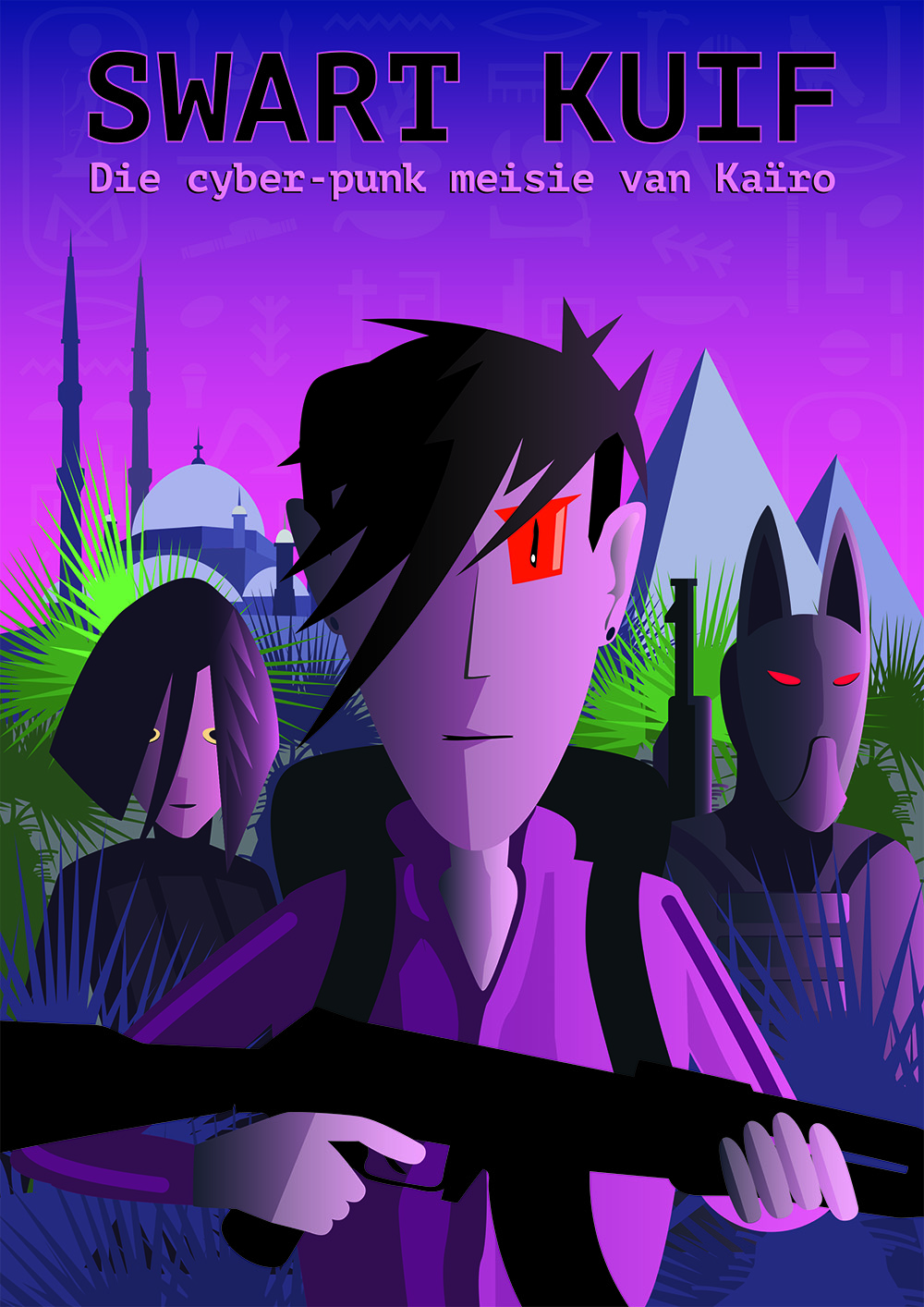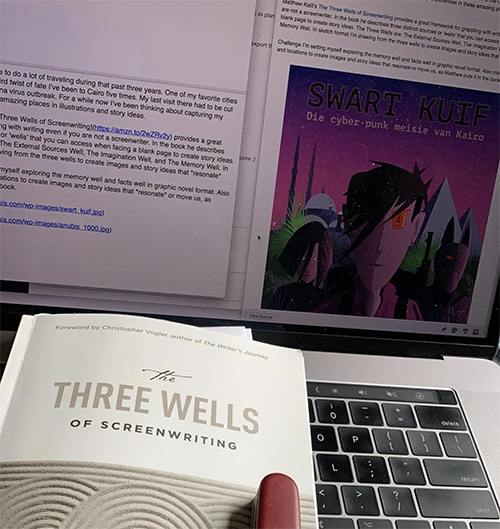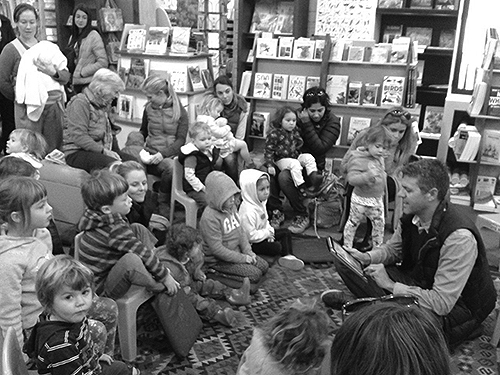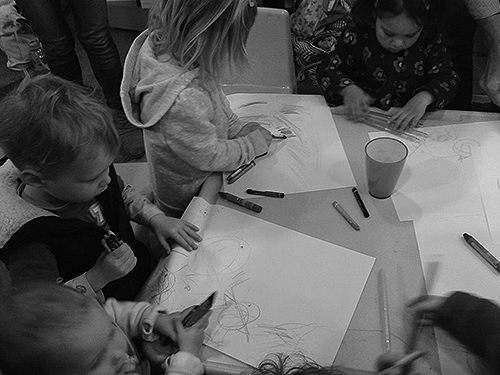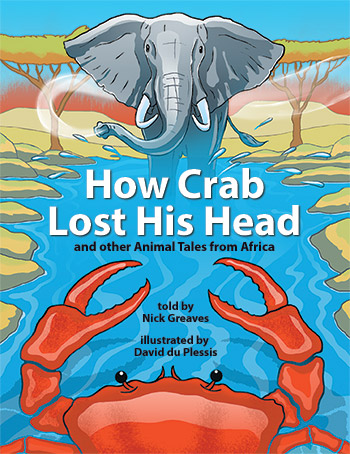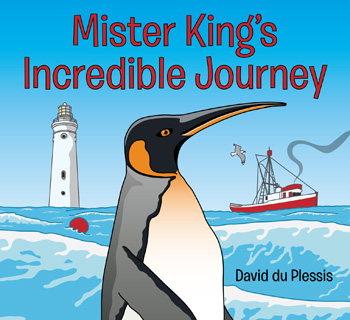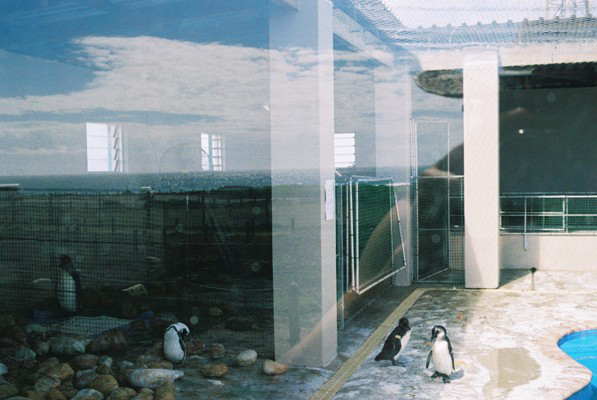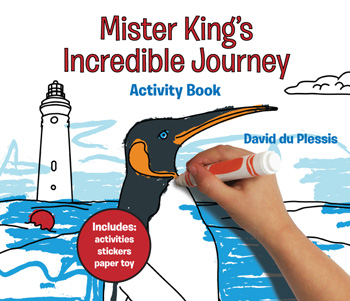
Mister King’s Incredible Journey – Activity Book
Those with young children get up early. It is most painful on weekends, especially if you live in climes where winter lasts six months or more.
What follows is a number of realisations and strategies devised at 6 am.
The same things are going to be repeated many times
Blackboard paint is amazing. It is tough and can take almost anything thrown at it: wet, dry, sharp, blunt or unreasonably heavy. Invest in an inexpensive piece of plywood, or hardboard, and paint it black.
Sketch whatever comes into your head
The results of random sketching make great conversation topics. It is an effective way to develop vocabulary and understanding. It is thinking in action. It is similar to the conversations I have with colleagues in my work as a designer. But even these conversations are not as free flowing as perhaps they should be.
This started me thinking about the sketching process, deconstructing line making and realising (again) that letters and numbers are nothing but lines, and that a sketch is nothing but a combination of different line types.
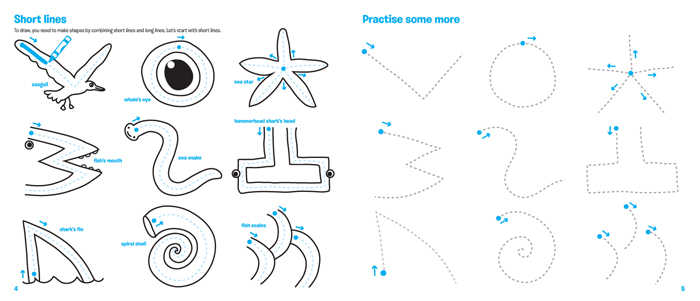
Draw short lines
Draw lines that follow a clown riding a unicycle
With a child you experience the stripped down mechanics of creative thinking. They have no past experiences to craft clichéd responses out of. ‘Child’s play’ made me realise how conditioned I’ve become as an adult and not realising it.
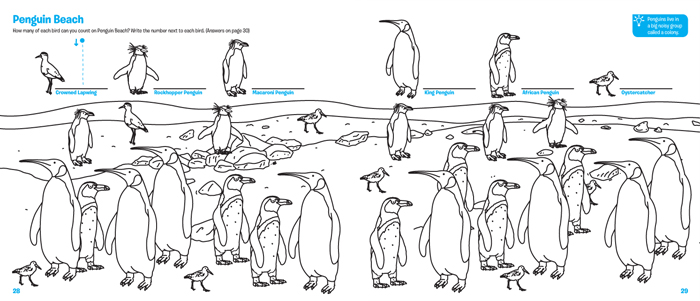
Scanning complex images
Make things you don’t mind throwing in the recycling bin
In addition to sketching, I started making objects from cardboard; a plane, a boat, a robot … on to paper toys. Toys are great, but the associated packaging waste is not. Some of the packaging I’ll keep as raw material for making. I find it easier on the conscience to throw packaging away once I’ve given it a second life.

Making paper toys
I like paper toys because making them is pure prototyping – thinking with your hands. And I know it is valuable to spend time doing this. I had forgotten the value of playfulness, experimentation and serendipity. Being a parent took me back to that place.
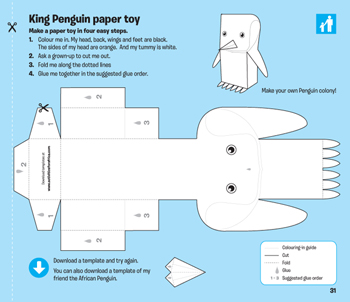
Paper toy template
“What happens if a car drives over a puffer fish,” a perfectly reasonable thing to ponder at 6 am.
On screen or on paper?
I’m interested to know whether performing similar actions on a screen and on paper involve the same areas of the brain. My uneducated guess would be that, to a degree, different areas of the brain are involved – mastering something on a computer is just that, a computer skill.
But maybe computer skills are what we now need. In a future where computers make most things for us, why bother making things with our hands. I’d argue that transferring repetitive making to computers liberates time for better thinking and planning. Thinking with our hands then becomes a most valuable skill.
These ideas started me on the road to creating activity books and revisiting the basics.
